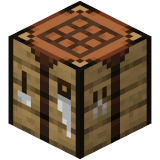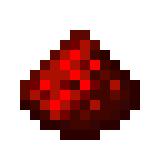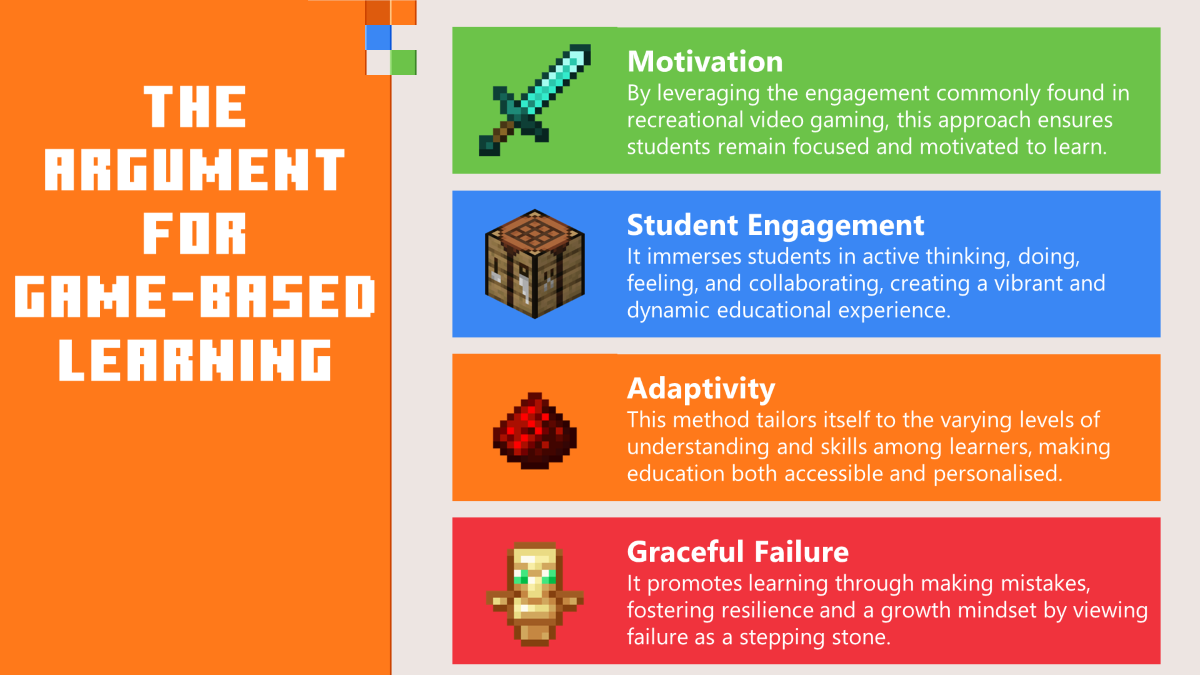Explore the value of game-based learning in education
Game-based learning (GBL) may not just be a new teaching strategy in your toolkit, but it can also fundamentally change how you teach and approach topics in your classroom. As educators, whatever level you're teaching at, the prospect of committing yourself to bringing GBL into your classroom can seem daunting. However, there are some compelling reasons to embrace this approach (Plass, J. L., Homer, B. D., & Kinzer, C. K., 2015).
Motivation

In today's fast-paced digital age, attention spans are often equivalent to the duration of the online short-form video content that many of us consume. This phenomenon isn't limited to young people. Many of us find our attention spans shortened by constant digital stimulation. Despite this, the sustained engagement seen in recreational video gaming suggests there can still be an inherent capacity to focus on specific tasks for extended periods. This observation underpins the first argument for GBL, which is all about harnessing this engagement for educational purposes.
Student engagement

Game-based Learning (GBL), especially when utilizing platforms like Minecraft Education, uniquely engages students on multiple levels, fostering a more dynamic and interactive learning experience. This approach ensures students actively participate in learning, not just passively receive information. It can cover thinking, doing, feeling, and collaborating.
- Cognitive engagement (problem-solving and learning): At the heart of GBL's effectiveness is its ability to challenge students cognitively. For instance, tasks in Minecraft, even ones as simple as building a pyramid and ensuring symmetry in this block-based world, inherently demand problem-solving and critical thinking. Students must think, try, and reflect on these challenges. This active problem-solving process not only reinforces subject matter knowledge but also cultivates essential cognitive skills that are transferable to real-world scenarios.
- Behavioral engagement (actively doing and participating): GBL facilitates a high level of behavioral engagement by leveraging the interactive nature of digital platforms. Minecraft Education's adaptability across various devices ensures that every student, regardless of their preferred technology, can engage fully with the content. This engagement is physical, students actively navigate, construct, and interact within the game world using touch, click, or keyboard commands. This hands-on interaction is critical for kinesthetic learners who benefit from a more tactile learning approach.
- Affective engagement (feeling motivated and self-regulation): GBL's strength is boosting students' natural motivation. The challenge-based nature of games like Minecraft encourages students to persist in the face of difficulties, building resilience and a growth mindset. This affective engagement is crucial, as it ties the learning process to positive emotional experiences, making students more likely to remain committed and less likely to disengage when encountering obstacles during their learning journey.
- Sociocultural engagement (collaborating and communicating): The social dimension of GBL, which shines within Minecraft Education’s multiplayer functionality, promotes collaboration and communication among students. This engagement can build a supportive learning community within your classroom. Through cooperative projects and shared objectives, students develop not only subject-specific knowledge but also critical social skills such as teamwork, negotiation, and leadership.
Adaptivity

Within GBL, adaptivity isn't just a feature, it's fundamental to its philosophy. The ability to meet learners where they are in their educational journey, accommodating various levels of understanding and skill, is what makes GBL a powerful tool for inclusive education. Minecraft Education stands out as a prime example of how digital games can embody these principles, making learning accessible and engaging for a diverse student population.
Educational content and challenges can dynamically adjust to match the learner's current abilities and knowledge. This personalized approach ensures that students are neither overwhelmed by difficulty nor bored by tasks that are too easy. In Minecraft Education, you soon realize, this adaptivity is woven into the gameplay. For instance, educators can modify challenges within the game to suit different learning objectives and student capabilities, from basic building tasks for beginners to complex problem-solving missions for advanced learners.
The very nature of Minecraft as an open-ended game, where players create and manipulate their world, supports diverse learning and teaching strategies. It allows for the exploration of concepts in a visually intuitive and interactive manner, which can be particularly beneficial for learners who might struggle with traditional instructional methods.
Graceful failure

One compelling aspect of GBL is the concept of graceful failure. This idea suggests that learning is intrinsically linked to making mistakes, especially when students engage with new and complex subjects such as computer science, sustainability, or others. Some topics can often intimidate students, leading to disengagement before they even start, largely due to a fear of failure.
Consider classic video game scenarios, whether it involves a yellow puck chasing pellets, an Italian plumber who excels at jumping, or a spaceship fending off invaders. Players usually begin without clear instructions. Their first encounter with an obstacle or challenge typically ends in failure as they're still learning the controls and mechanics. However, most video games don't penalize failure by ending the game immediately but instead encourage players to try again. This fosters a mindset of exploration and learning. Through this cycle of trying, failing, and retrying, players learn to overcome challenges, grasp game mechanics, and make progress.
Now, apply this concept to a topic that your students might find intimidating, such as computer science. GBL environments have the power to transform the learning experience. Many young people, and even some educators, may initially find computer science and similar areas daunting. Yet, introducing these concepts through the familiar environment of a video game, where making mistakes is both expected and encouraged, can alleviate these fears. In these GBL environments, failure is viewed as a stepping stone, not a barrier. Students come to understand that making mistakes, regardless of the topic or subject, is an essential part of learning, something not to be feared but embraced.
